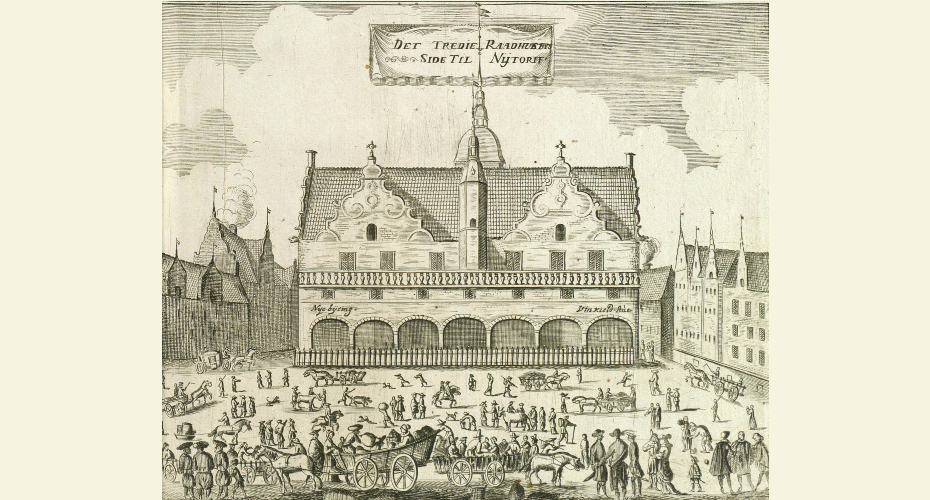Immersive app brings to life the hidden histories of Copenhagen

Photo by Nick Karvounis on Unsplash
A mobile app for Copenhagen has turned conventional history tours on their head, with an innovative living trail that tells a powerful story of murder, execution and anatomical dissection in the seventeenth century.
Hidden Copenhagen will transport local users and vistors back to 1673 and the true tale of Gertrud Nielsdatter, who was beheaded for the crime of infanticide.
In a trail called ‘Anatomy of City’, users are guided by Nils, a medical student who witnessed the dissection of Gertrud’s body in the university’s anatomy theatre. Across seven city-centre sites, some famous, others off the beaten track, Nils delves into a world in which unmarried pregnant women, facing social stigma and isolation, risked the strict justice of King Christian V for the crimes of infanticide and abortion.
At the same time, the trail tells the story of how anatomists – such as the renowned Nicolaus Steno – relied on the corpses of executed criminals to investigate the workings of the body and advance scientific knowledge.

Hidden Copenhagen, the seventh app in the Hidden Cities collection, was developed as a collaboration between the University of Exeter’s Hidden Cities team and historians and archaeologists at the University of Copenhagen, Copenhagen City Archives, Centre for Privacy Studies and Museum of Copenhagen.
“This is a great example of how a fascinating piece of situated public history can come about organically through the research and collaboration process,” said Dr David Rosenthal, Hidden Cities trail director. “It began as a story about the Copenhagen of a seventeenth-century student, and it still is. But it also tells a bigger story about attitudes to crime and gender on one hand, and early modern science on the other.”
The app orientates itself using GPS and allows users to toggle between a modern street map and a map of the city from 1674. Starting at Trinitatis Kirke and ending in Gammel Strand, the trail plunges users into the physical city of the 1600s. incorporating images from the archives, museum objects associated with places on the trail, as well as the recent discoveries of archaeologists. Nils’ narrative about the Copenhagen of 1673 is complemented by expert commentary at each stop.

Professor Fabrizio Nevola, Chair in Art History and Visual Culture, and head of the Hidden Cities project, said: “We increasingly order the world around us empowered by mobile devices and geo-location, toggling between 2D maps to 3D street views. The potential of these same technologies for historical research on cities is only starting to be realised. At the same time, Augmented Reality invites a new approach to the ‘museum without walls’, reuniting cultural heritage – cities, buildings, artworks – across time and space.”
Hidden Cities apps include Exeter, Valencia, Hamburg, the Dutch city of Deventer, and the Italian cities of Florence and Trento. All have been produced in collaboration with specialist historians and are free to download from the Apple App Store and Google Play. The first twentieth-century trail was released in May, a story about the Spanish Civil War set in Valencia in 1937. Three more apps will be launched in 2023, for Landshut, Tours and Venice.
All of them have arisen from the three-year collaborative research project ‘Public Renaissance: Urban Cultures of Public Space between Early Modern Europe and the Present’, funded by the Humanities in the European Research Area (HERA).



